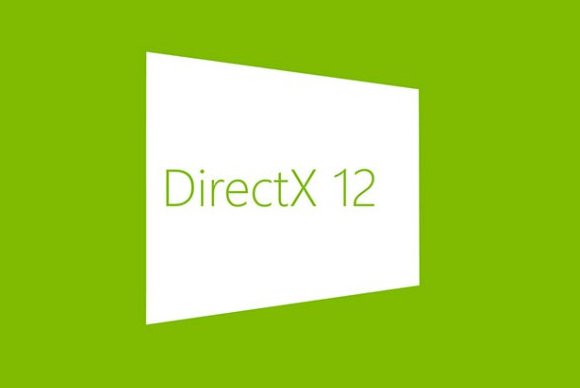Windows 10 is rolling out for free to Pcs across the globe, and it’s at the center of many things, not least Microsoft’s universal app strategy to grow the selection of Windows Phone apps by getting developers to create apps for Windows 10 desktops. The Difference between Directx 12 and 12.1 lies in Full support for DirectX 12 each card from Nvidia and AMD but they both support different feature sets. But there’s one other reason why Windows 10 matters, and that’s DirectX 12. touted as a next-generation application programming interface (API) that offers lower overheads and more efficient utilization of multi-core CPUs, DirectX 12 promises improved performance for gamers all over. that sounds great, which is why DirectX 12 has been the center of a lot of hype and also a lot of confusion. considerable discussion has arisen around DirectX feature levels and version numbers, and you may have seen DirectX referenced variously as DirectX 11.1 and 12_1. As it turns out, that’s not due to very house styles, and the two are, in fact, quite different things.

A DirectX version update adds a new set of standardized capabilities that give developers more tools to do their jobs better. in the case of DirectX 12, that would be the ability to have lower API overheads, improved utilization of multi-core CPUs, and the ability to combine the graphics processing capabilities of non-identical GPUs. On the other hand, a DirectX feature level is a clearly defined set of GPU functionality. it defines the minimum level of support a particular GPU needs to offer while still supporting the underlying DirectX specification. Note that we said minimum levels of support, so even though feature level 12_1 specifies support for conservative rasterization tier 1, a card like the Nvidia GeForce gtx titan X actually supports tier 2. ultimately, despite their similarities in naming, feature levels aren’t really related to the DirectX 12 API, which is why a card that supports only feature level 11_1 can still support DirectX 12. take the AMD Radeon r7 370, for example. even though the card supports only feature level 11_1, it can still take advantage of the key benefits of DirectX 12, like more direct access to GPU hardware for the API. However, it won’t benefit from aspects of feature level 12_1, like volume tiled resources and conservative
HOW MUCH SHOULD THIS MATTER TO YOU?
But if all Directx 12 and 12.1 cards will get to enjoy the advantages of the underlying APi, does that mean that feature level support is inconsequential? that depends on, the Fiji GPu on AMD’s flagship Radeon r9 Fury X uses the latestGraphics core Next (GCN) 1.2 architecture and supports DirectX feature level 12_0. On the other hand, top Nvidia cards using the GM200 GPu like the GeForce GtX titan X and 980 ti support feature level 12_1. One edge that Nvidia has been supported for conservative rasterization with feature level 12_1. Shadows are one of the more difficult things to render in a true-to-life manner, but conservative rasterization enables smoother and more natural shadows, which is something that will be readily observed by end users. On the other hand, AMD’s GCN 1.2 architecture supports resource Binding tier 3, which – thanks to some backend changes that don’t require the cPu to work as hard – improves performance and makes for a more efficient graphics pipeline. However, unlike conservative rasterization, these changes don’t translate into any on-screen eye candy, so
However, unlike conservative rasterization, these changes don’t translate into
any on-screen eye candy, so Nvidia may, in fact, have the advantage here, at least in terms of perceivable benefits. But let’s return to the example of the Radeon r7 370. the card only supports feature level 11_1, whereas the Nvidia GeForce GtX 950 supports feature level 12_1. in the world of product marketing – where facts are often blurred – this has led to claims that AMD cards, including GCN 1.2 cards such as the Radeon r9 Fury X, don’t fully support DirectX 12. this is slightly misleading, because no single graphics card supports the entire set of DirectX features. For instance, the Nvidia GeForce GtX titan X and 980 ti only support resource Binding tier 2 (compared to tier on AMD’s GCN 1.2 cards), despite their much-vaunted feature level 12_1 support.
At the end of the day, there’s just one key takeaway: Full support for DirectX 12 is a myth. each card from Nvidia and AMD both support different feature sets, and it’s up to you to decide which matter more, or if at all.









